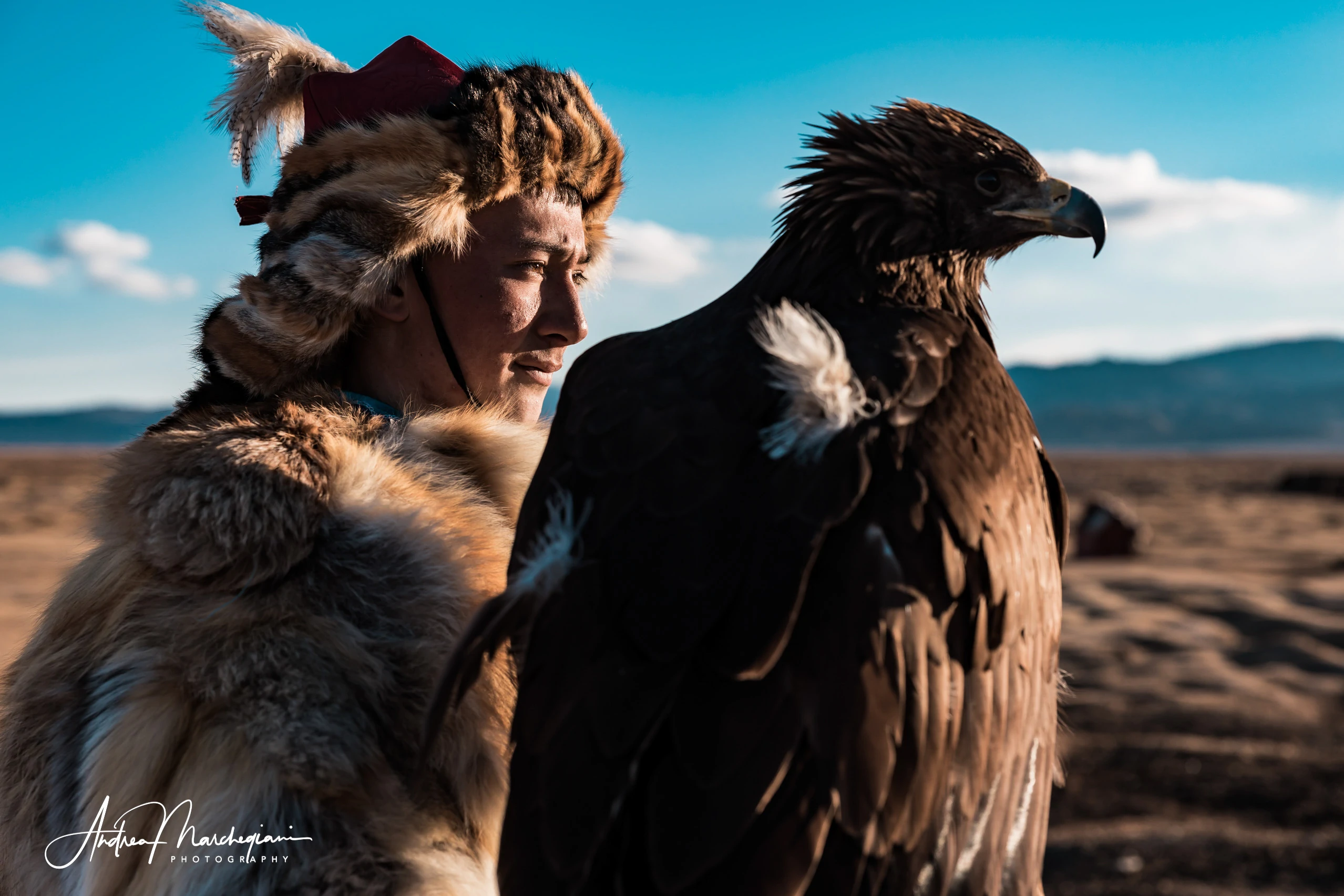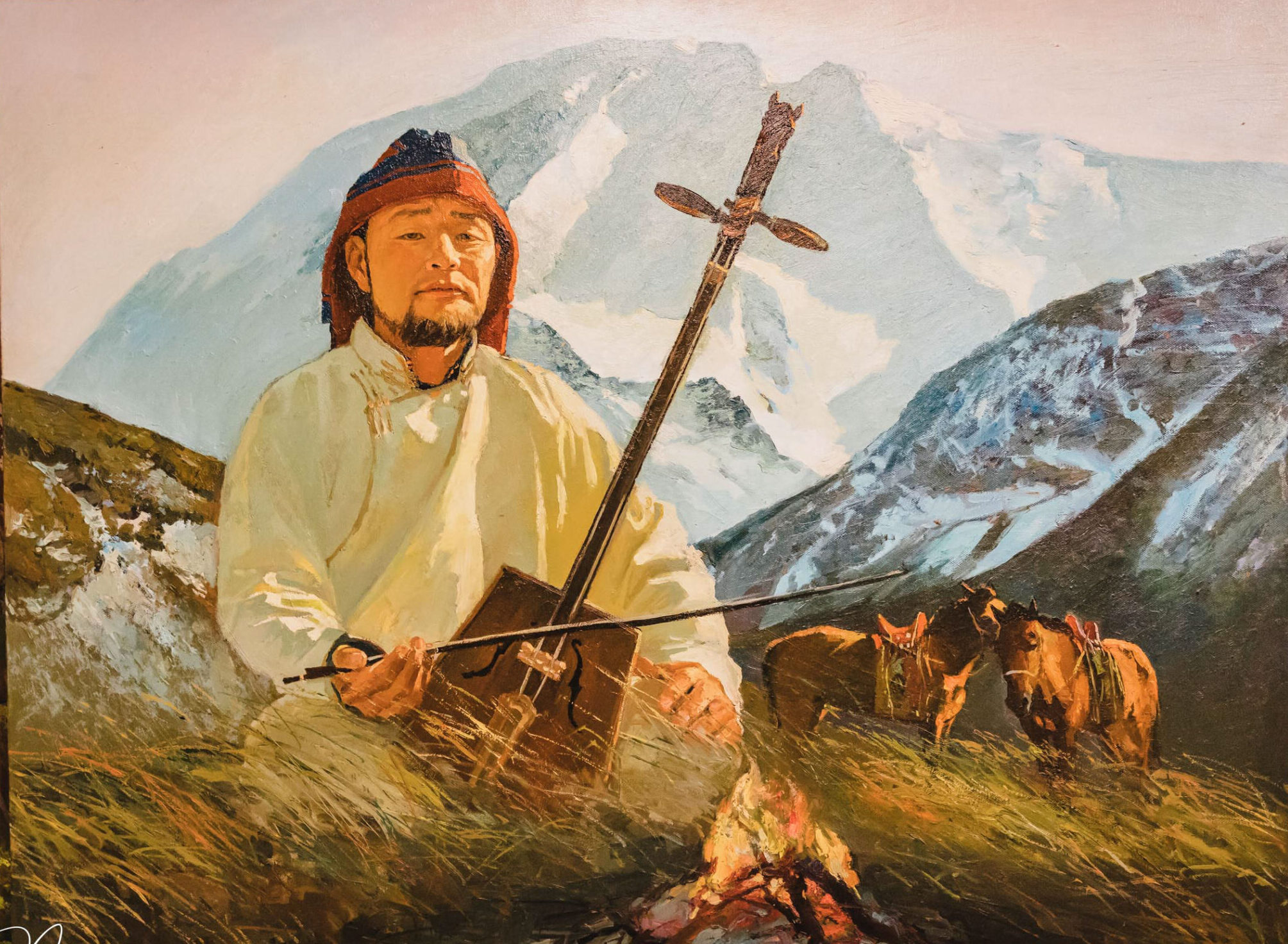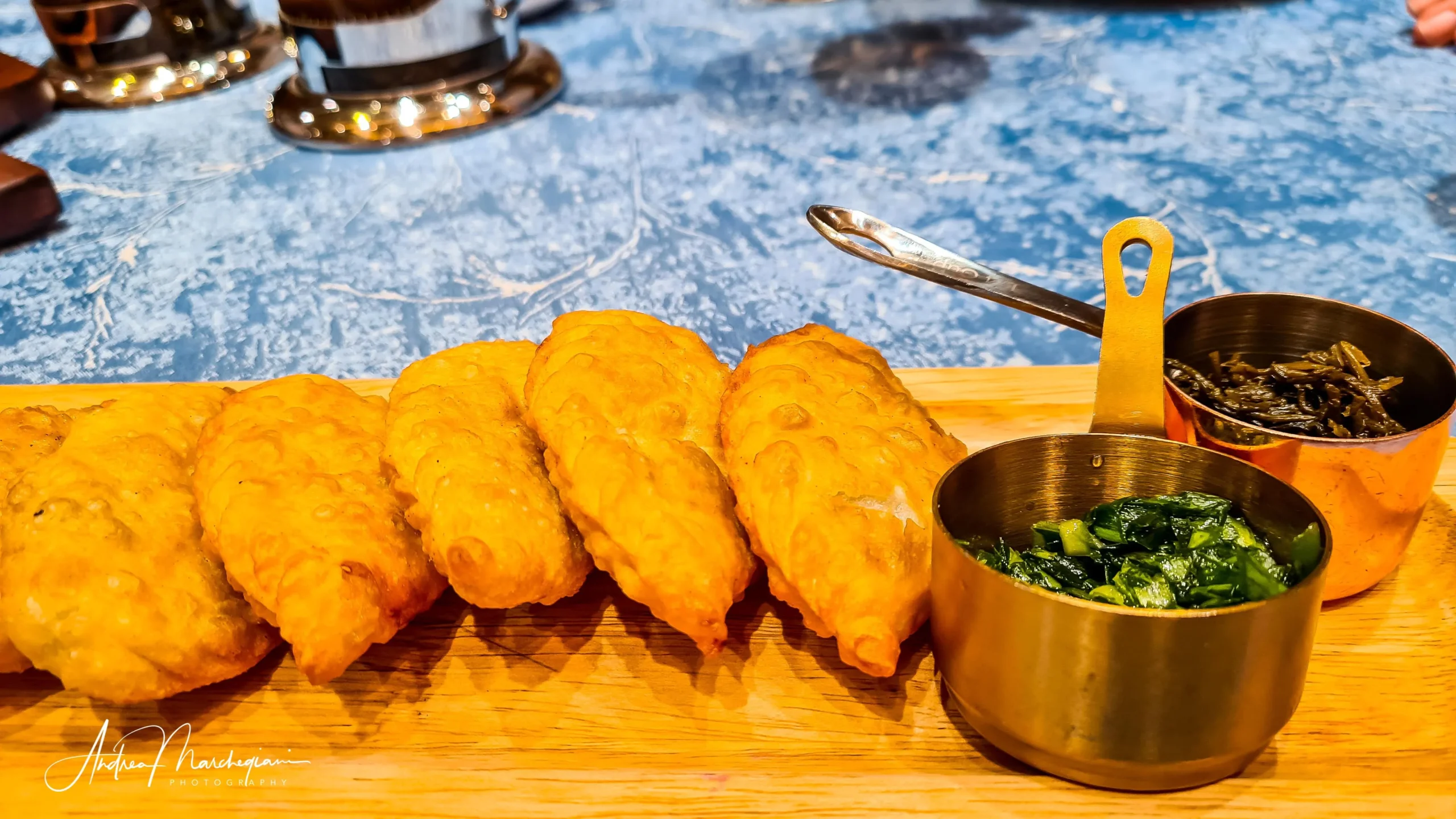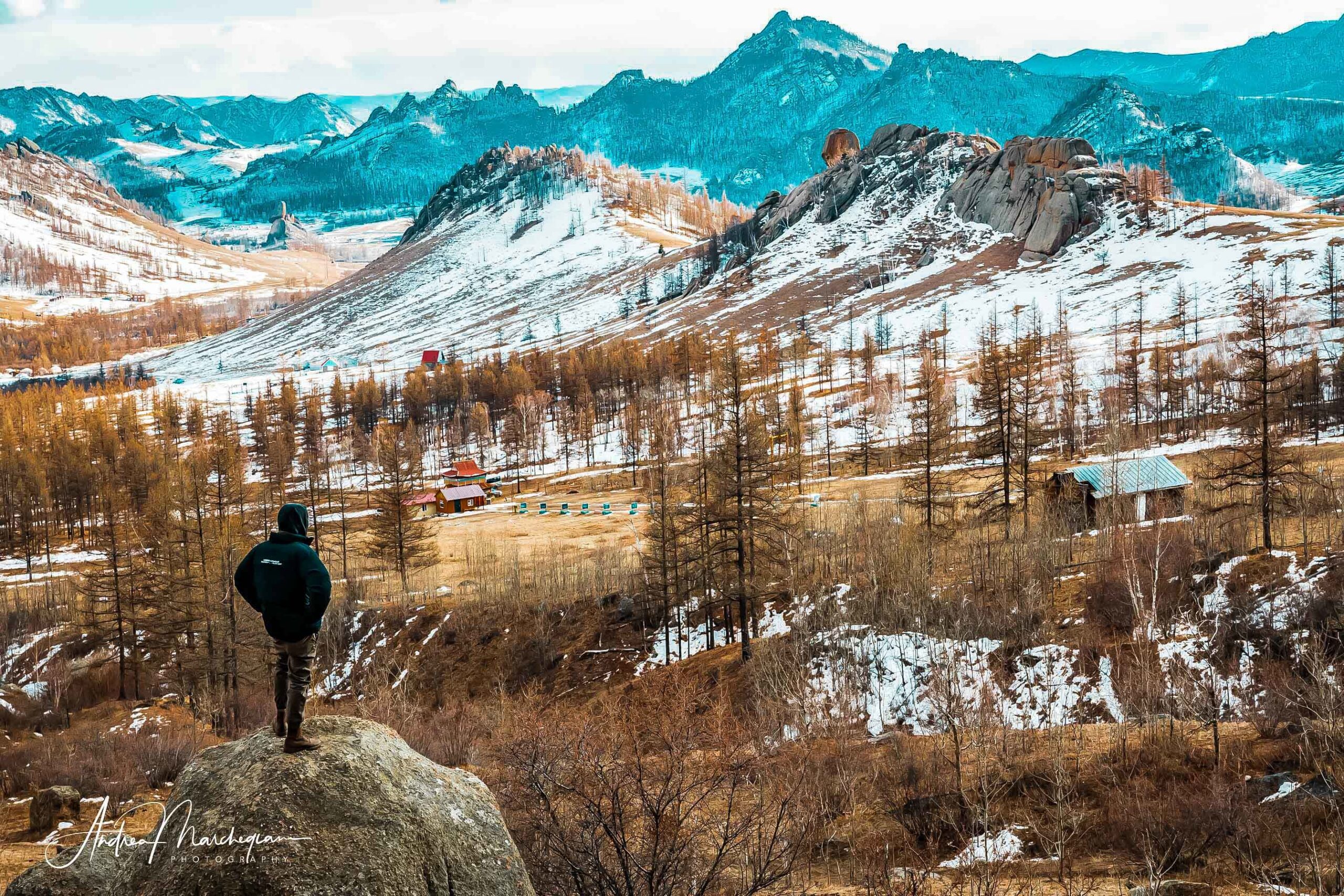
- Home
- Photo Galleries
- Portrait Photography
- Landscape Photography
- Street Photography
- China
- Ethiopia
- India
- Holy Ganges
- Varanasi
- Varanasi Ganga Aarti
- Varanasi, Manikarnika Ghat
- Varanasi Streets & Alleys
- Varanasi Demolition
- Varanasi Fruit Market
- Sarnath
- Brick Kilns
- Tamil Nadu, Chennai & Mamallapuram
- Tamil Nadu, Fort Tirumayam & Madurai
- Tamil Nadu, Tiruvannamalai & Thanjavur
- Kerala, Munnar
- Kerala, Peryiar
- Kerala, Backwaters
- Kerala, Kochi
- Kazakhstan
- Myanmar
- Senegal
- Uzbekistan
- Travel Blog
- China
- Ethiopia
- India
- Tamil Nadu & Kerala
- Varanasi
- Whato to do in Varanasi
- Varanasi Life along the Ghats
- Varanasi Death along the Ghats
- Varanasi Ganga Aarti Ceremony
- Varanasi demolished to honor Shiva
- Varanasi Fruit Market
- “Varanasi, A Journey into the Infinite”
- Sarnath
- All about River Ganges
- Holy Shit. All about Indian Cow Dung
- Clean India Project
- Brick factories
- Tilaka, pundra, bindi: what is the mark on Indian foreheads?
- Kazakhstan
- Mongolia
- Ulaanbaatar, the coldest capital in the world
- What to do in Ulaanbaatar
- Chinggis Khan Museum, 6 floors of Mongolian history
- Gorkhi-Terelj National Park and Bodgkhan Natural Reserve
- Altai Mountains, Things to do in Olgii and Sagsai
- Living with the Eagle Hunters
- Sagsai Eagle Festival
- Navrus Festival
- Xöömej, Mongolian throat singing
- Mongolian Food
- Myanmar
- Senegal
- Uzbekistan
- Latest Posts
- Photography Blog
- About
- Prints
If you’ve heard that there’s little to see in Ulaanbaatar, I’m here to change your mind!
The capital of Mongolia is undoubtedly the best place to start exploring the culture and customs of this extraordinary people.
Here you will find a complete travel guide about Ulanbaatar: the history of the city, the main attractions, the typical dishes and all you need to know before traveling to Mongolia.
Share with your friends:
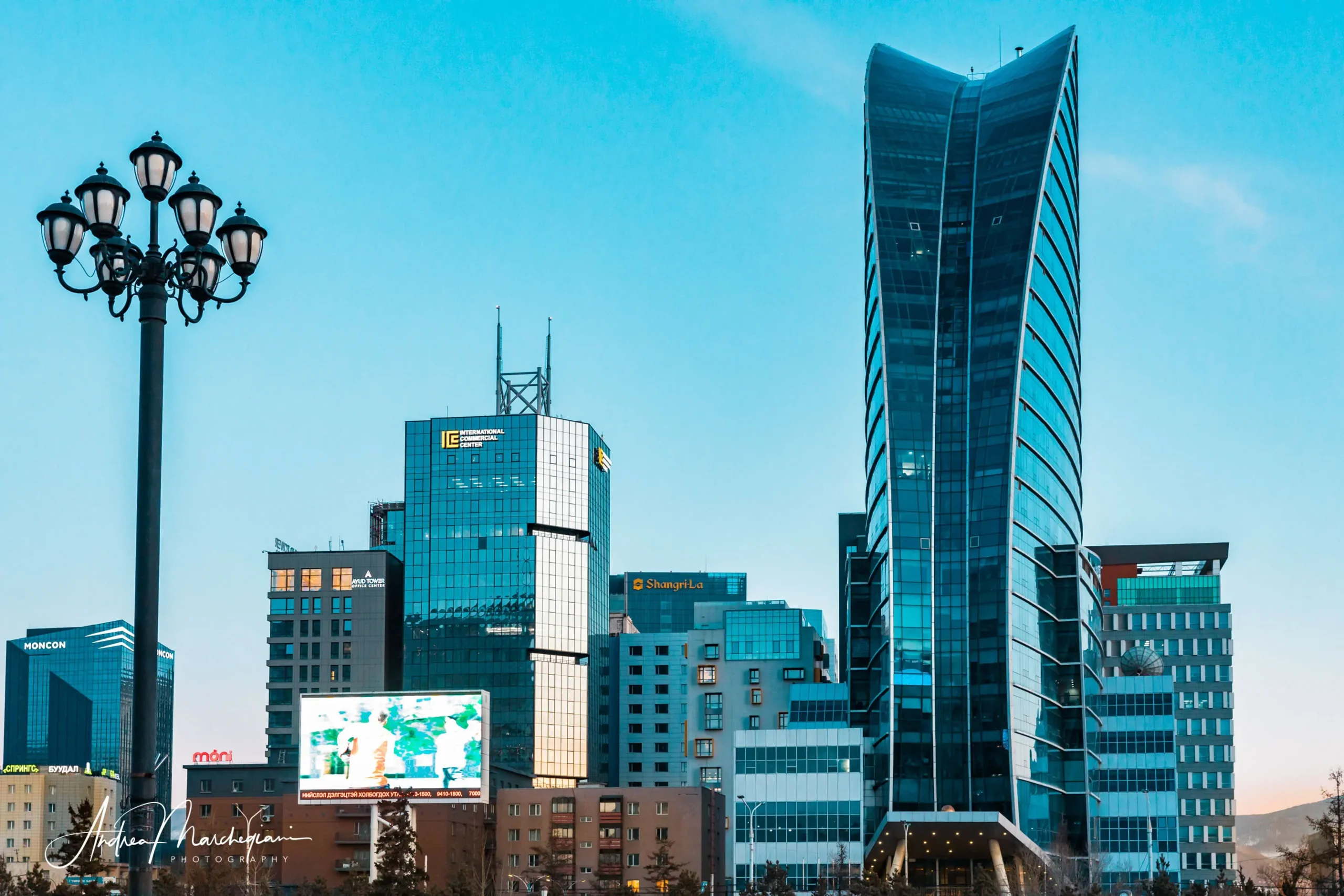
Topics List
Ulaanbaatar, the coldest capital in the world
Known as the coldest capital in the world, with winter temperatures reaching -40 ºC, Ulaanbaatar is a surprising city from many points of view. Located in the Tuul River valley, it has about 1.5 million inhabitants, half of the total Mongolian population.
Historically, Ulaanbaatar has been a nomadic city for centuries. It has been known since at least 1600, although it was not located where it is today and has changed its name several times over time. It was in fact a large camp and changed location whenever cattle needed new pastures. In 1924 the Russians gave it its current name, which means “Red Hero” in honor of communism; they also razed most of the Buddhist monasteries and existing buildings and rebuilt the city, from the 1940s, in the typical popular style that characterizes it today.
Ulaanbaatar still has the desolate aspect of a Soviet suburb, but it is surrounded by a vast suburb filled with gers, the traditional Mongol felt tents, where shepherds live seeking shelter from the extreme cold. In the center, skyscrapers and modern buildings have recently appeared, creating a strange stylistic short circuit (ger, popular Russian neighborhoods, skyscrapers) that has earned the city the undeserved title of “ugliest capital in the world.” In fact, I promise Ulaanbaatar is way better than many other cities I have visited during my travels and has its own particular grace, which you will be pleased to discover.
In 2018 the city received another stigma, being labelled as the “third most polluted city in the world”: every year people consume millions of tons of coal to warm from such harsh temperatures, though emissions bring the city pollution to alarming levels. Its geographical position, in a basin protected from the winds by 4 mountain ranges, increases the stagnation of harmful gases. Fortunately in the spring, when coal consumption decreases, the city is reborn and returns to breathe. The winds keep the fumes away and pollution levels disappear.
Ulaanbaatar certainly has issues to solve, but don’t many big cities in the world? It also has a lot to offer. I visited it in March, with temperatures between -5 and -15 degrees. With the help of a good guide and a suitable van (I would not recommend long walks in the city center in winter), you can discover valuable and interesting historical sites, eat the best typical Mongolian food and attend great performances of traditional singing and dancing.
Although my main goal is exploring the Altai mountains in the Olgij area, I must admit there is no better place than Ulaanbaatar to get in touch with Mongolian culture and delve into the history of this extraordinary people, which has greatly enriched the cultural evolution of the human species.
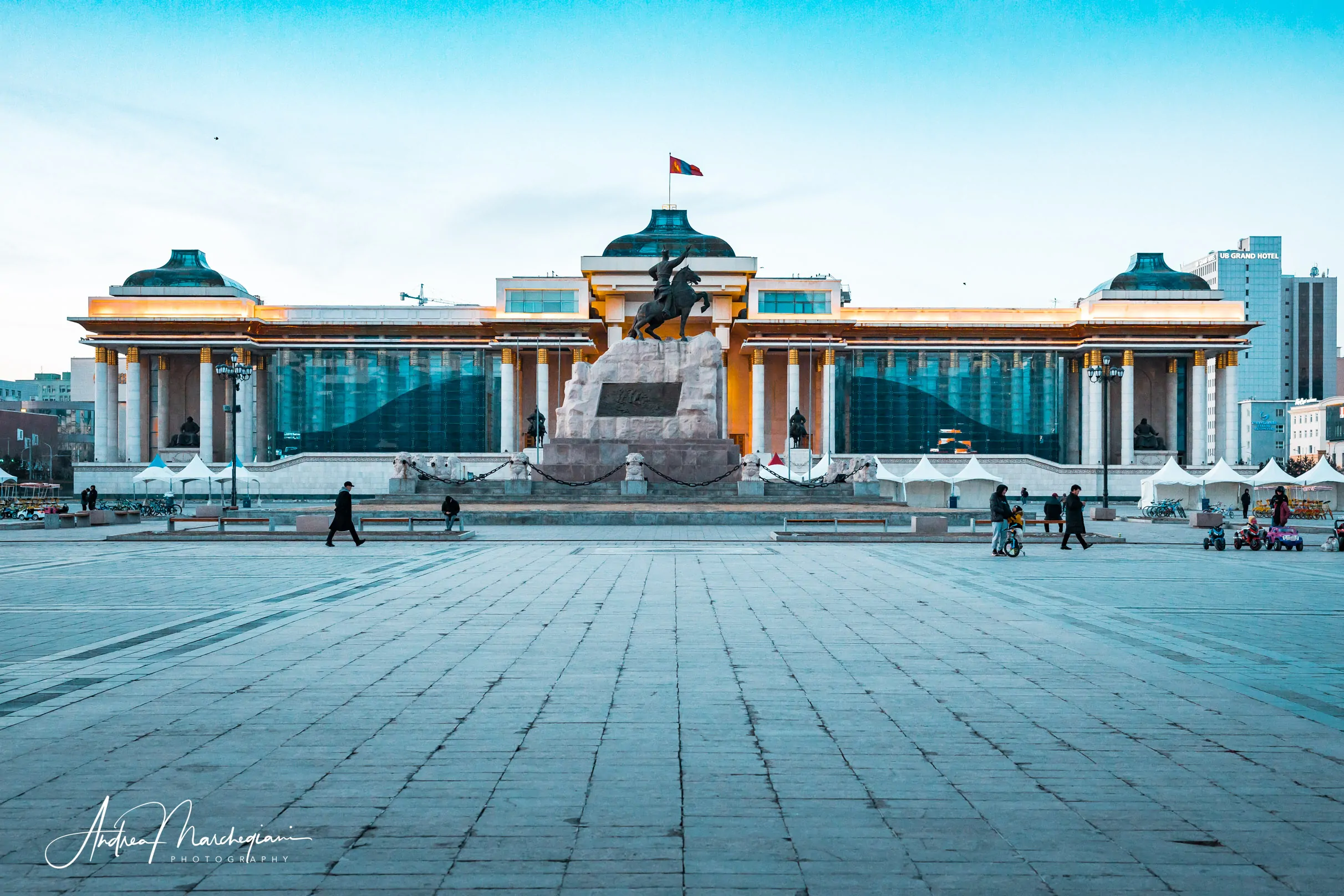
Thing to see in Ulaanbaatar
Sukhbaatar Square (Genghis Khan Square)
It is the central square of Ulaanbaatar, which overlooks the Government Palace, the Stock Exchange, the Palace of Culture and the Opera House.
Named after the hero Sukhbaatar, who declared Mongolia’s independence from China in 1911, it was renamed Chinggis Khan Square in 2013. In 2016, after a legal appeal, the square returned to its original name.
The statue of Sukhbaatar on horseback stands triumphally in the center, while the facade of the Government Palace hosts Genghis Khann’s, as well as Ogedei’s and Kublai Khan’s statues. Nearby, in the Central Tower public park, there is the statue of Marco Polo, which I admired with a particular patriotic pride!
Opposite, you can easily spot the Blue Sky Hotel & Tower, the skyscraper shaped like a sail that distinguishes the city skyline more than any other building. If you go up to the 26th floor, you can enjoy a drink in the lounge and watch a truly remarkable panoramic view of the city.
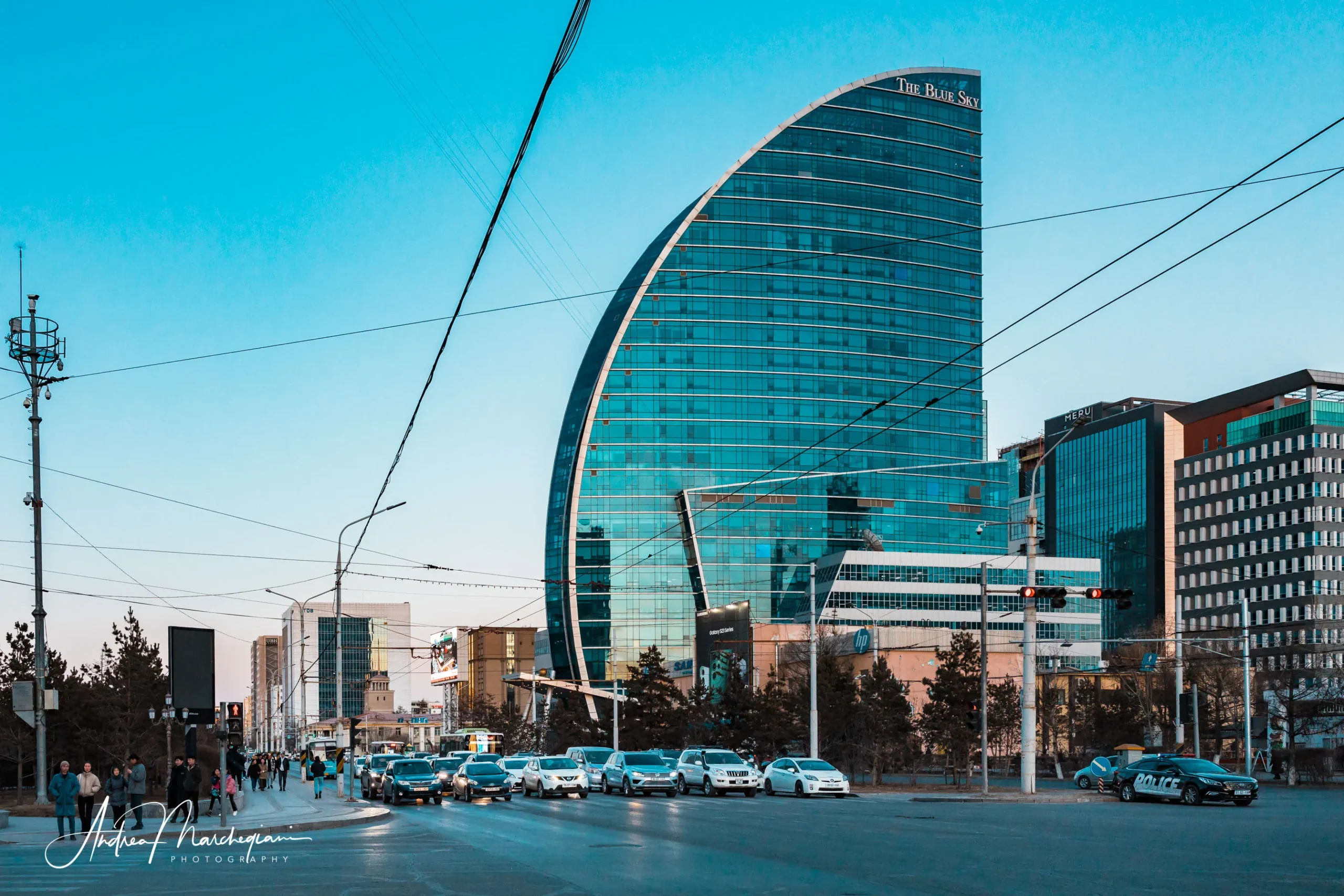
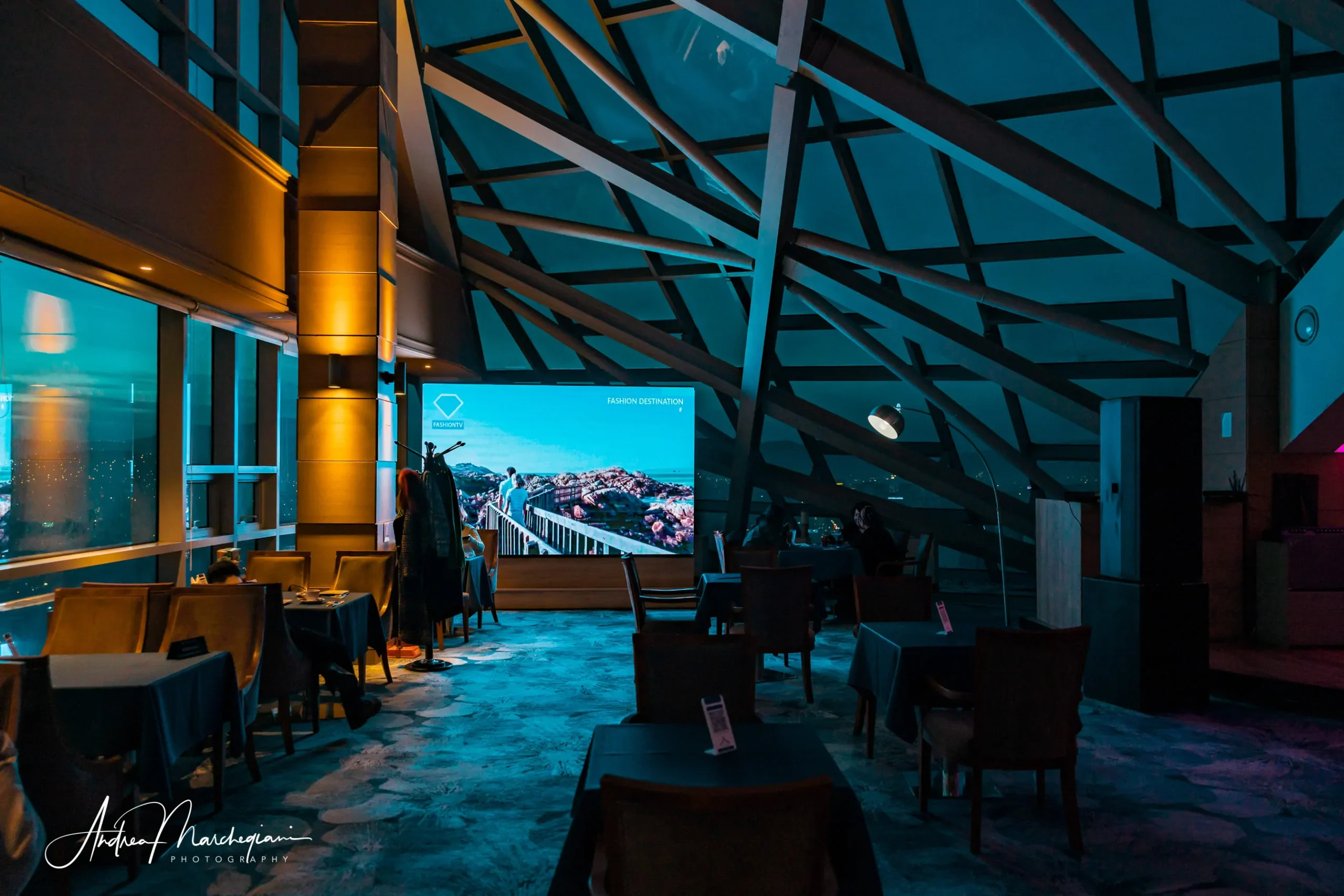
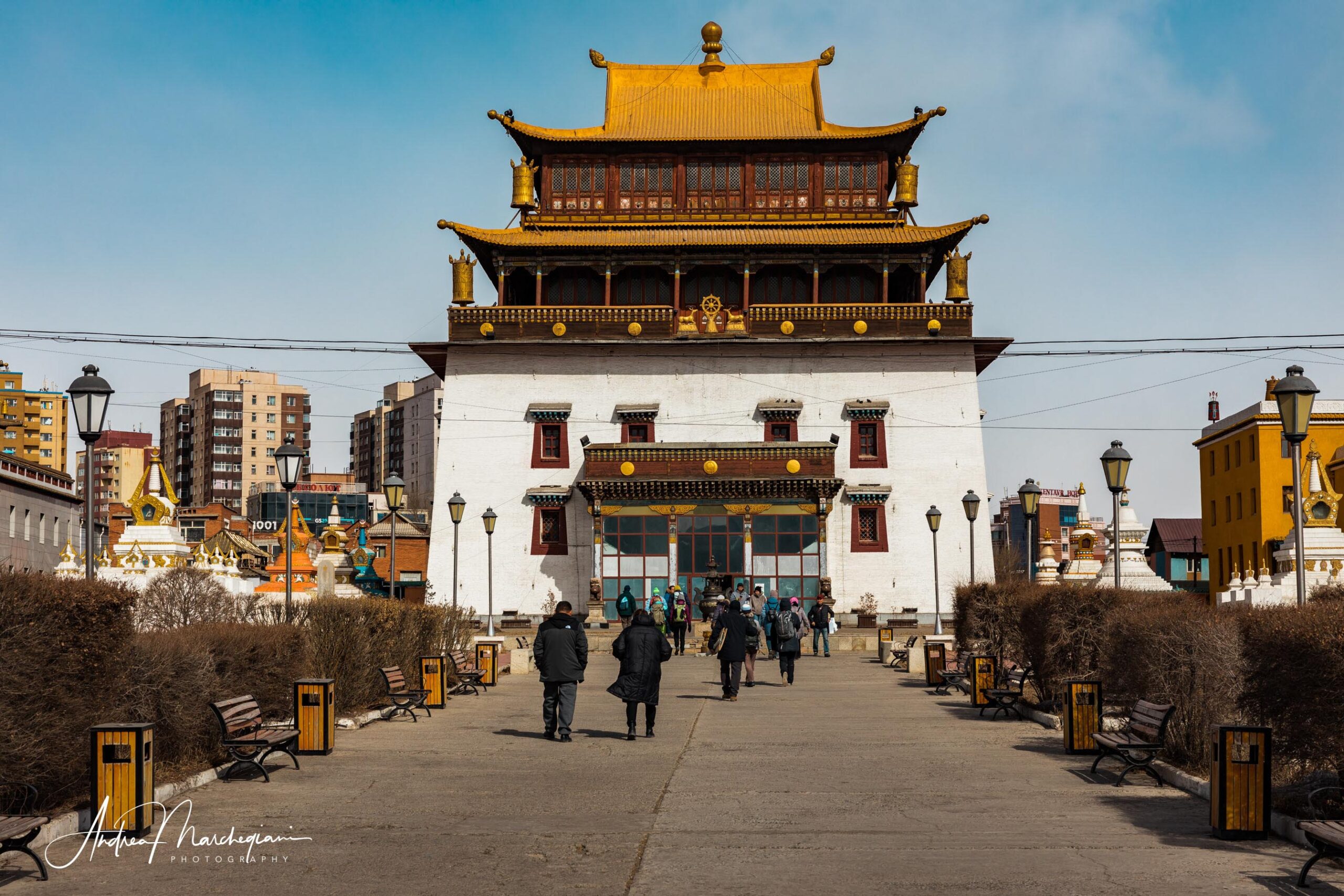
Gandan Monastery
The Gandantegchinlen Monastery is one of the most important monasteries in Mongolia: it dates back to 1838 and originally included over 100 temples. In 1937, during the religious purges, it was largely destroyed by the Russians, who fortunately kept it as a museum saving some buildings from total demolition; In the 1990s the faithful could finally return to their rituals. Today it is inhabited by 600 monks and you can visit several temples and altars.
Don’t miss a visit to the Ochidara Temple and the Migjid Janraisig Sum, where the statue of Boddhisattva Avalokiteshvara, more than 26 meters high and supposedly the highest statue preserved in the interior of the world, is kept.
The original statue, made in 1911, was destroyed by the Russians who fused it to obtain projectiles.
In 1996, the temple was equipped with a new statue, financed by the offerings of the faithful. Completely in copper but covered with gold leaves, the statue is hollow inside, where 334 sutras were housed, as well as 27 tons of medicinal herbs, two million rolls of sacred mantras and even an entirely furnished ger!
To understand the importance given to this statue, we must first remember that Mongolian people practice Mahayana Buddhism, which is the most ancient Buddhist current and the closest to Buddha’s original teachings. Here the figure of the Boddhisattva Avalokiteshvara is venerated in a particularly heartfelt way. Boddhisattvas are a kind of “saints,” people who decide to reincarnate even though they have reached enlightenment, in order to help others on their way to Nirvana.
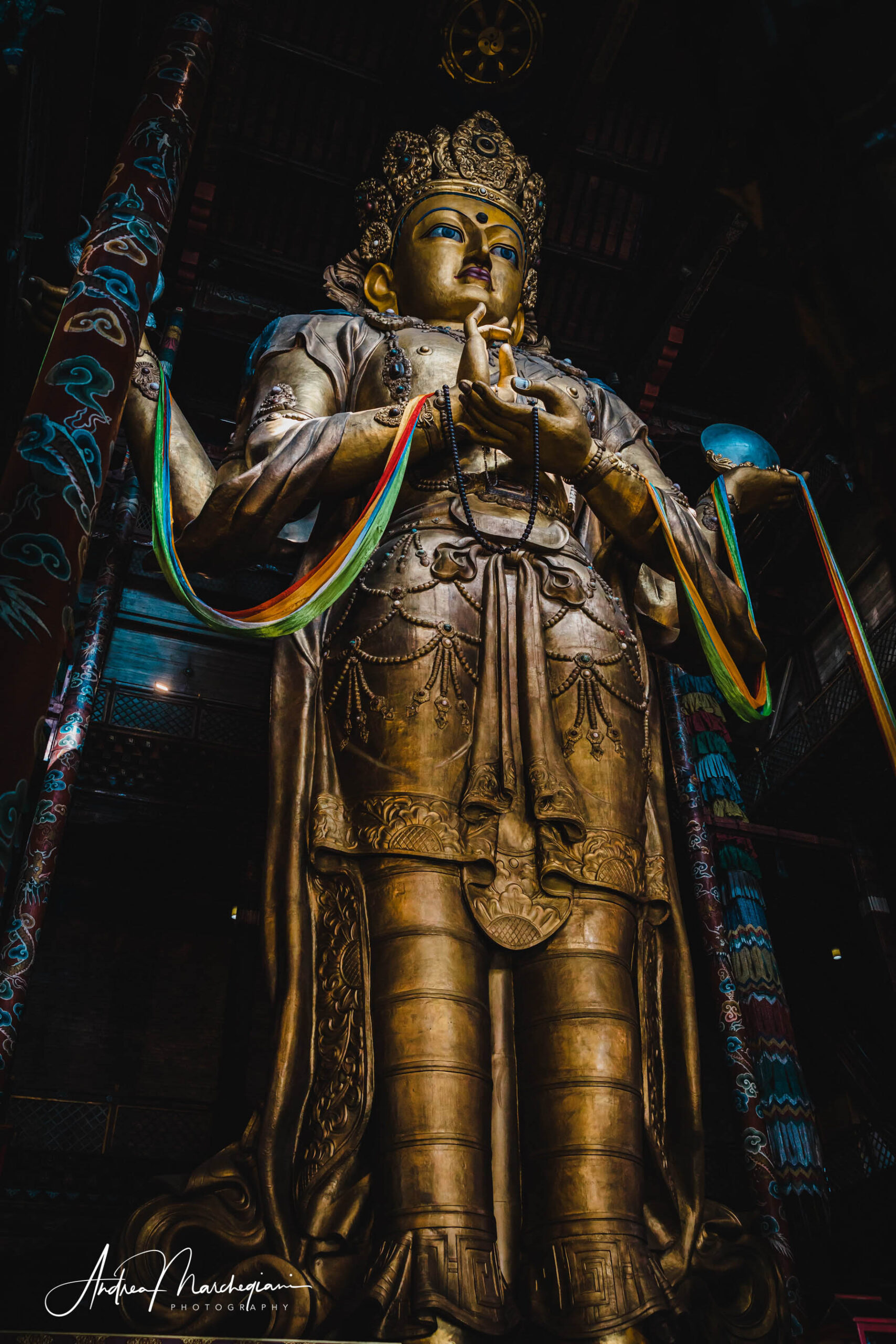
National History Museum
It is Ulaanbaatar’s most important and ancient museum, created in 1924. Here are collected historical finds of all kinds, from stone steles with historical inscriptions to clothing of kings and common people. Photographs cannot be taken in the museum without a supplement.
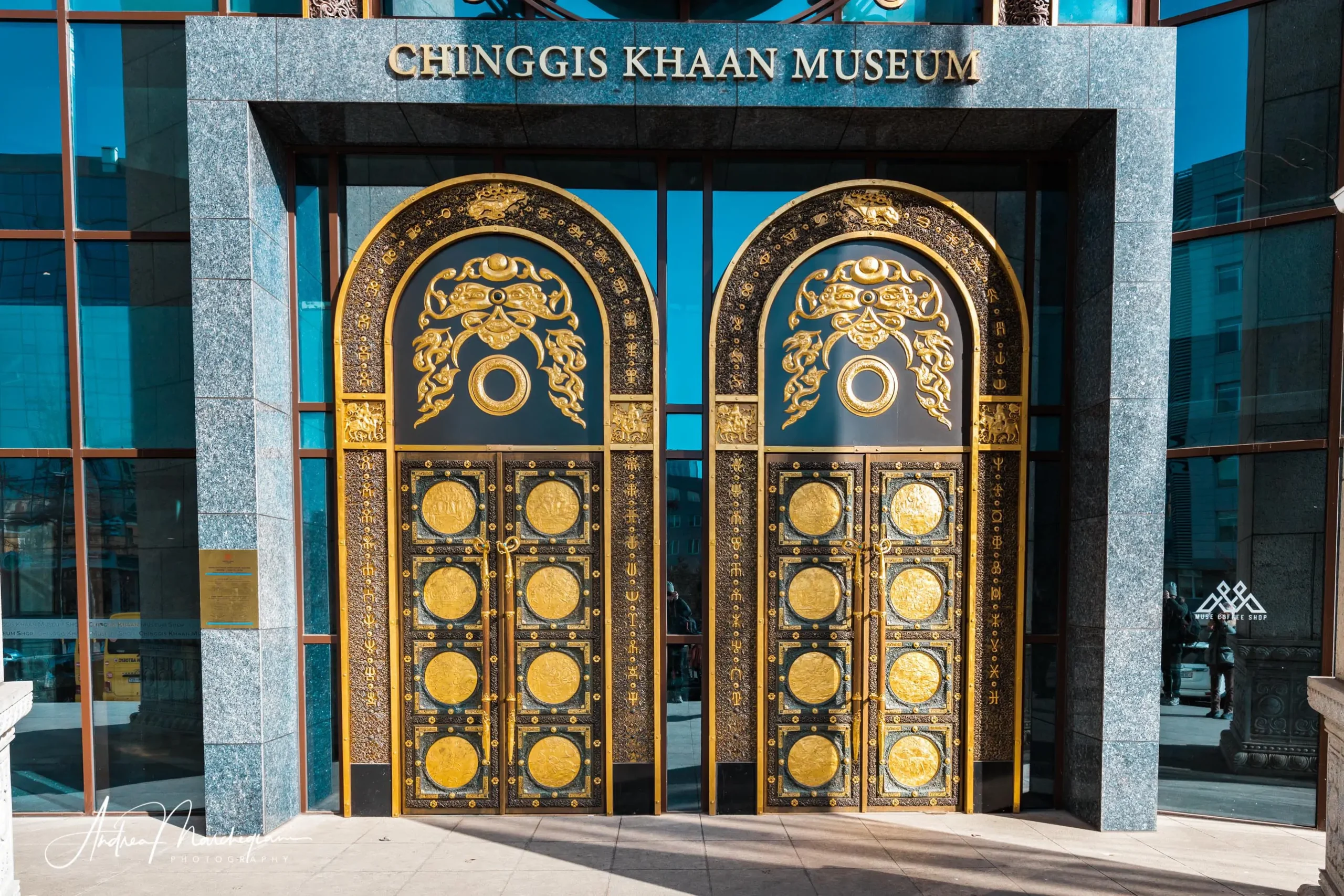
Chinggis Khan Museum
Opened only in 2022, The Chinggis Khan Museum collects many finds that were first stored in state archives or on display in Russia and the United States. The museum is spread over 6 floors and requires a visit of no less than 3 hours. Believe me, it’s worth it all!
Due to the recent opening, there is still little news about the Chinggis Khan Museum. His existence is not even mentioned on the Lonely Planet, whose latest Italian version dates back to 2018. That’s why I decided to cover the topic in a specific post at the link below (coming soon!).
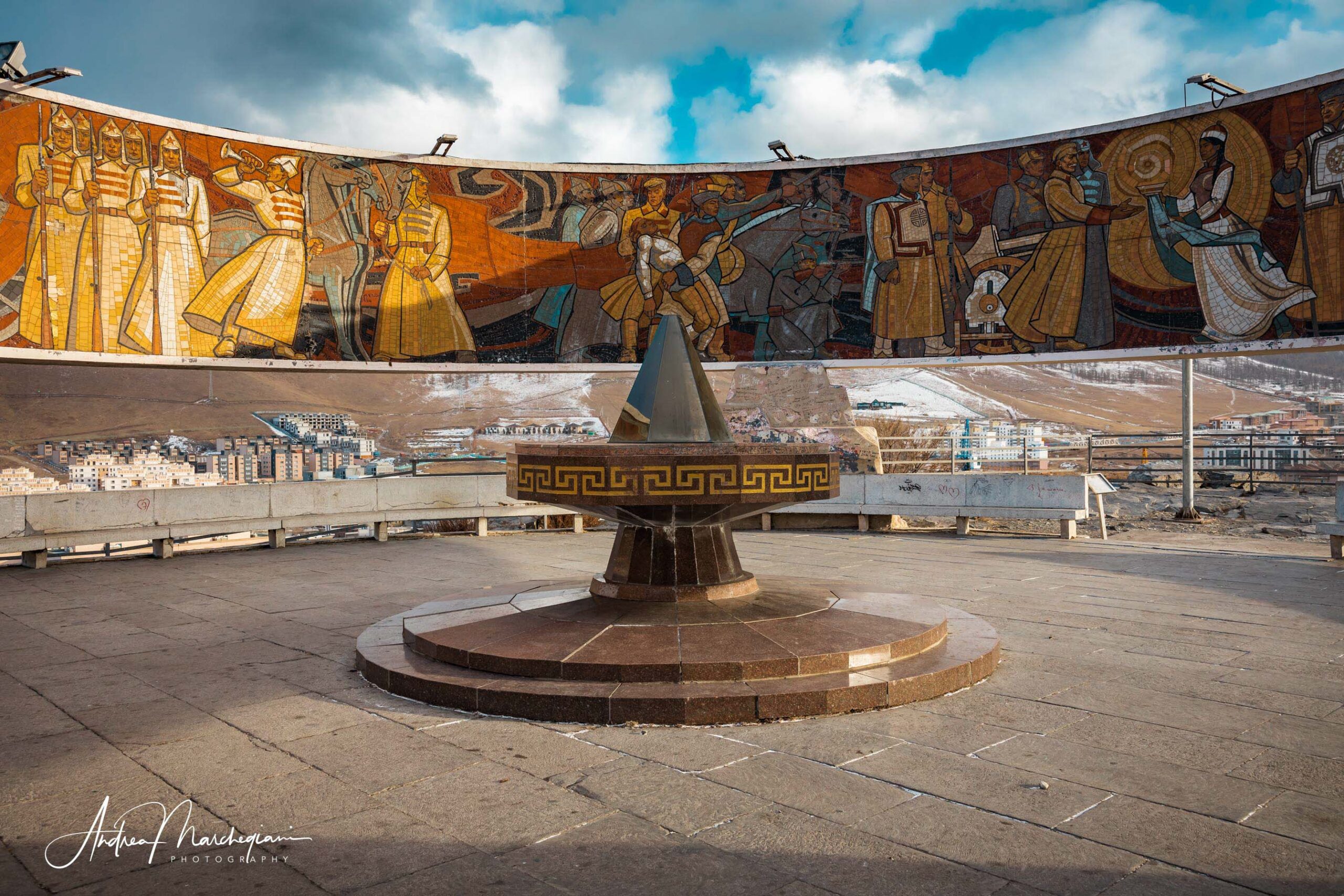
Zaisan Memorial
The Zaisan Memorial is a monument erected by the Russians on the occasion of the 50th anniversary of the Soviet Revolution and is dedicated to all Russian heroes and soldiers who died in the war.
The work is in Russian realist style and depicts several Russian personalities, such as Lenin and Stalin. You will have to face a rather steep staircase to reach the site, which offers a panoramic view of Ulan Bator that is worth the effort.
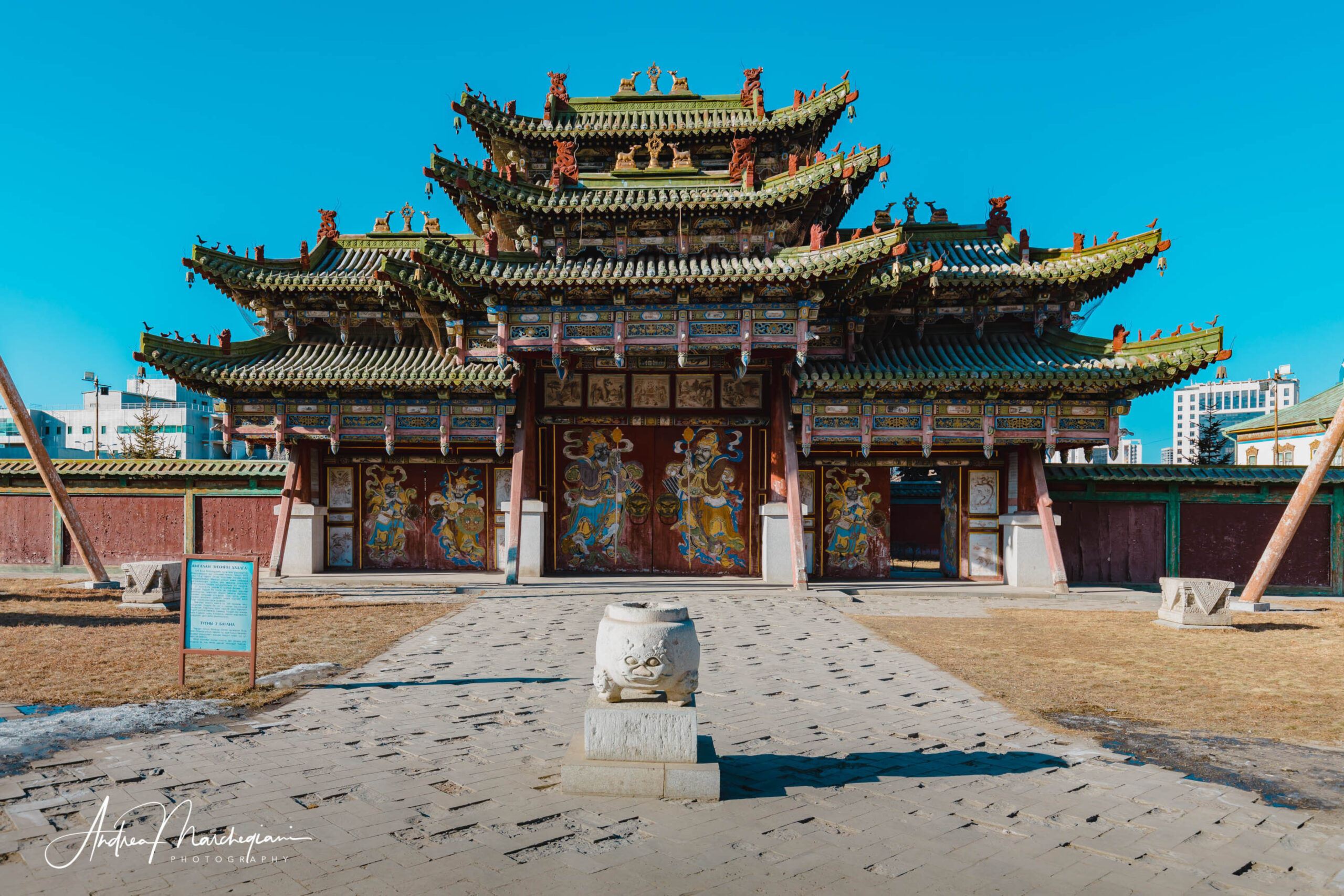
Winter Palace (Bogd Khan Palace Museum)
From the 17th century, Mongolia came under the control of the Manchus, the ethnic group that took control of China and renamed itself the Qing Dynasty. Former allies of the Mongols, the Manchus ruled Mongolia until 1911, allowing them to maintain autonomous legislation. However, they push for political power to fuse with the religious one, giving rise to a sequence of Jebtsundamba, “theocratic sovereigns”, who were both political and spiritual leaders. The Manchus kept control over these figures, identifying their reincarnations in Tibet.
Being kings, they ruled alongside a queen, but being also monks they could not have sex with them. The two spouses lived together but slept in separate beds, under the supervision of the royal guards. They could adopt children if they wanted to, but could not generate their own. In any case, upon their death, it was up to the Manchus to go to Tibet to find the next reincarnation that would ascend to the throne.
In 1911, when the Qing Dynasty collapsed, Mongolia declared itself independent and continued to be ruled by its own Jebtsundamba, who called himself Bogd Khan.
The Winter Palace in Ulan Bator was the winter residence of Bogd Khan, the eighth and last Mongolian theocratic sovereign. He ruled until 1919, when the Russians deposed him and deprived him of temporal power. They razed the summer residence on the banks of the Tuul River while maintaining the winter residence, which became a museum.
In addition to the six temples surrounding the palace, you can visit the private rooms of the Bogd Khan, go through the reception hall where distinguished guests were welcomed, the throne room and the bedroom. You can also see the original leopard skin ger where Bogdkhan loved to stay at the beginning of spring, along with his wide collection of stuffed animals; at the end of the visit, you enter the room where Bogdkhan’s domestic elephant lived. He was particularly attached to the animal, so he let it sleep inside the building between walks. In its honor, there is now a papier-mâché version of the animal that comes out nicely from behind the door!

The surroundings of Ulaanbaatar
You can not visit Ulaanbaatar without exploring the surrounding areas. Just outside the city border, Ulaanbaatar gives way to grasslands as far as the eye can see. As you drive through these enchanted scenarios, try to capture every detail running outside of the car window. Sheep and goats grazing alternate with small groups of traditional gers, against the backdrop of valleys kissed by a magical light.
The Terelj National Park, to the east of the city, the BogdKhan Nature Reserve to the south, and the Kuhustain National Park to the west can be visited in three days, during which you can alternate between short treks and temple visits. Back in Ulaanbaatar, you can finish visiting the remaining sites, do some shopping, treat yourself with a throat singing performance and book a typical dinner.
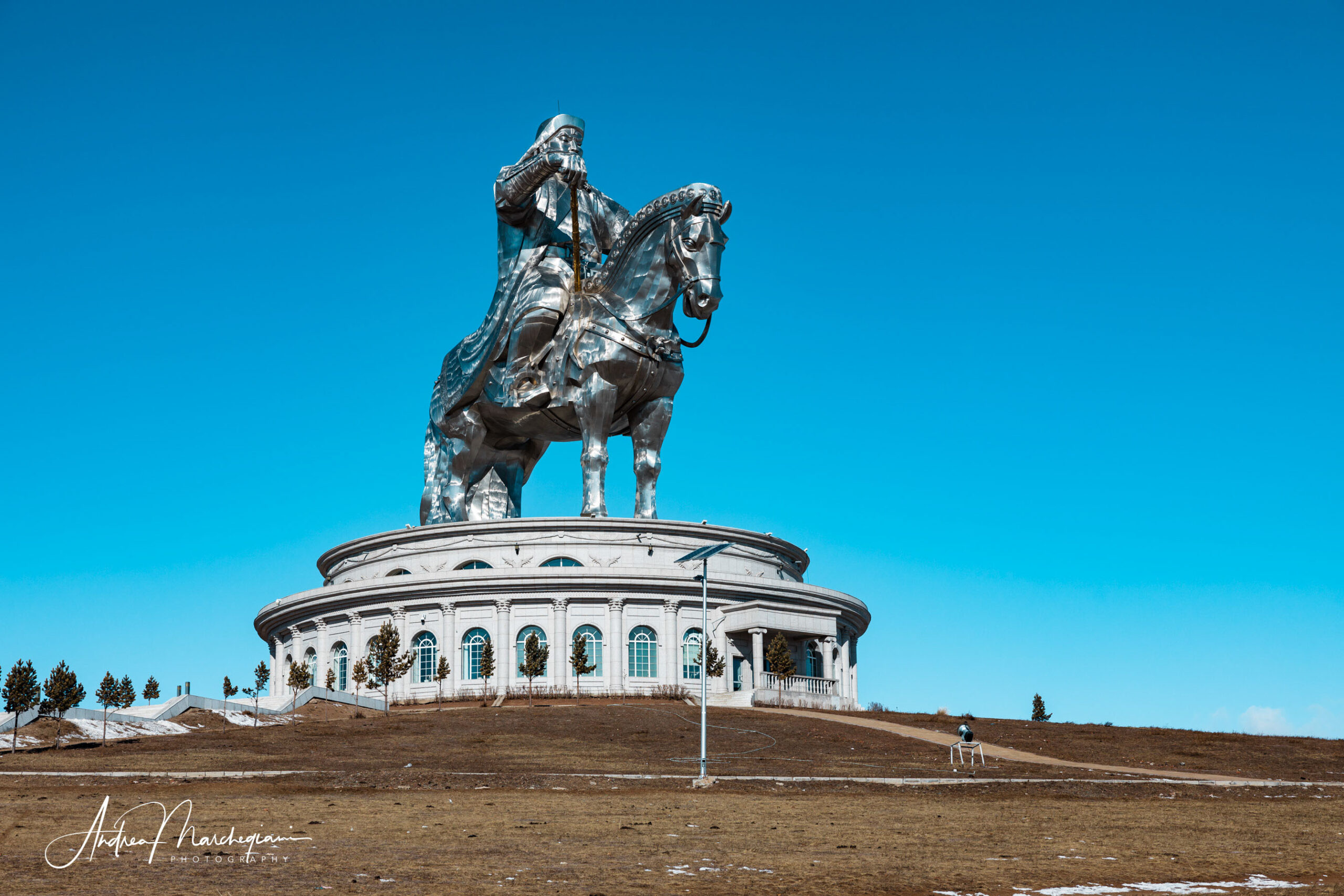
Chinggis Khaan Statue Complex
About 50 km away from Ulan Bator, precisely in Nalaikh, don’t miss a stop at the Chinggis Khan Statue Complex. The man is a true national hero, to the point that his name has now become a brand for all kinds of products, from boots to vodka.
The colossus, 40 meters high and entirely in silver, is the largest equestrian statue in the world. Inside, there is a museum dedicated to the great leader and you can climb up to the head of the horse, getting to a really impressive panoramic balcony!
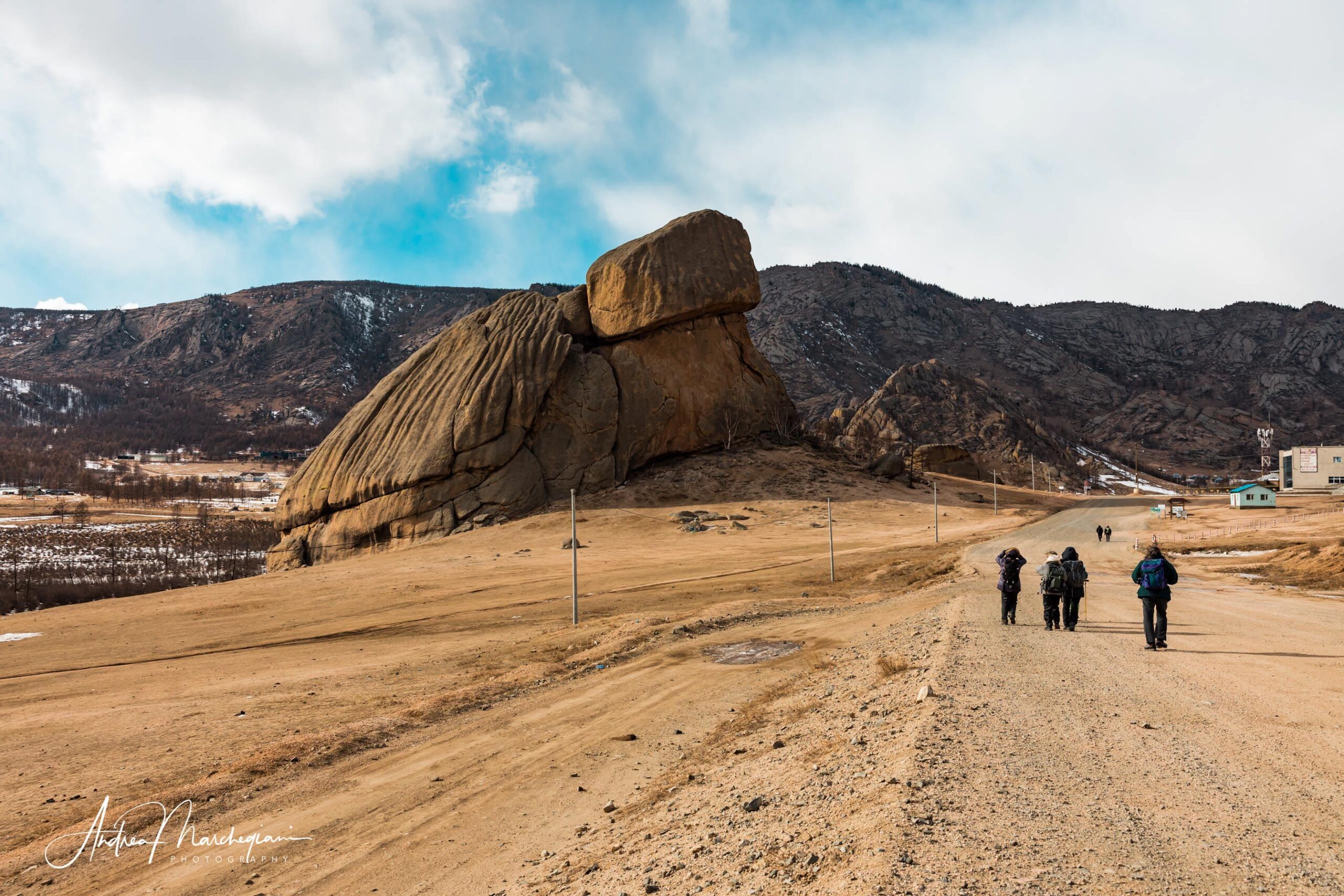
Gorkhi-Terelj National Park
Terelj National Park offers many hiking activities, from dog sledding to horse riding. I opted for a walk without too much pretense in a valley south of Terelj, starting from the picturesque Turtle Rock uo to Aryapala temple, a newly built meditation center which offers a beautiful view. Sunset here is sensational.
In the surroundings of Terelj, there are many camps to stay. Nights in Mongolia offer romantic starry skies and if you choose the right accommodation, you could spend a night to remember. My stay at the Farmhouse Retreat was nothing short of exceptional.
The greenhouse is also used as a restaurant, so you can have dinner with home made fresh vegetables, from salads to tomatoes. The lady who runs the structure told me the eggs I ate were made by her own hens! I must say the food she served was exceptional.
I could also spent the night in a delightful triangular wooden structure, sort of a cottage. They also had the typical Mongolian gers to host guests or, if you want to be more comfortable, private rooms inside the main building.
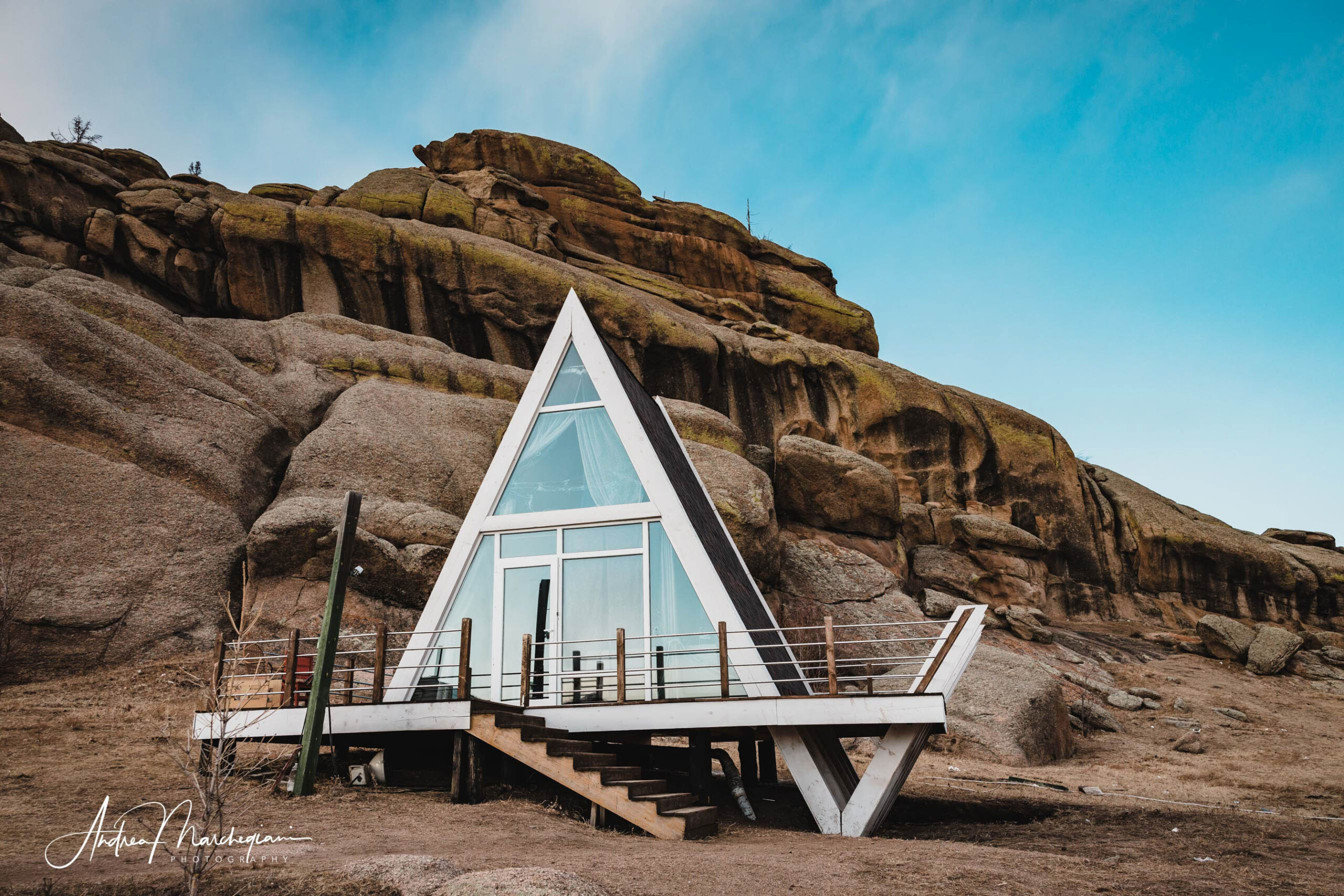
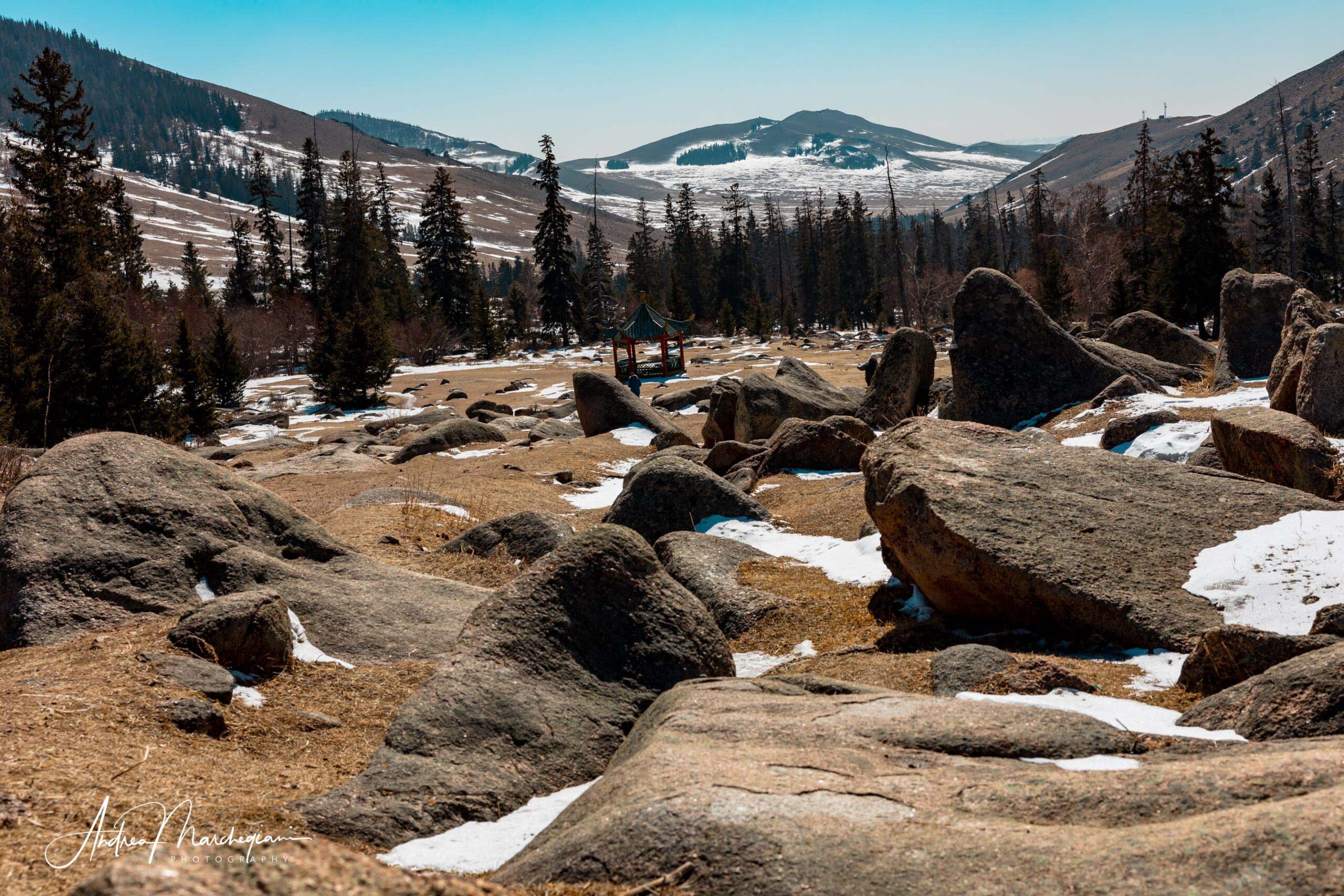
Bogdkhan Natural Reserve
The next morning, I greeted Terelj and headed to the Bogdkhan Nature Reserve, which is nothing less than the oldest reserve in the world.
Established in 1778, it was initially guarded by 2000 monks armed with sticks. Poachers were captured, arrested or beaten to death!
The trek to Mandshir Khild (or Manzushir Monastery) allows you to feel immersed in nature and leads to the ruins of a temple once inhabited by 350 monks, before being destroyed by the fury of the Russians.
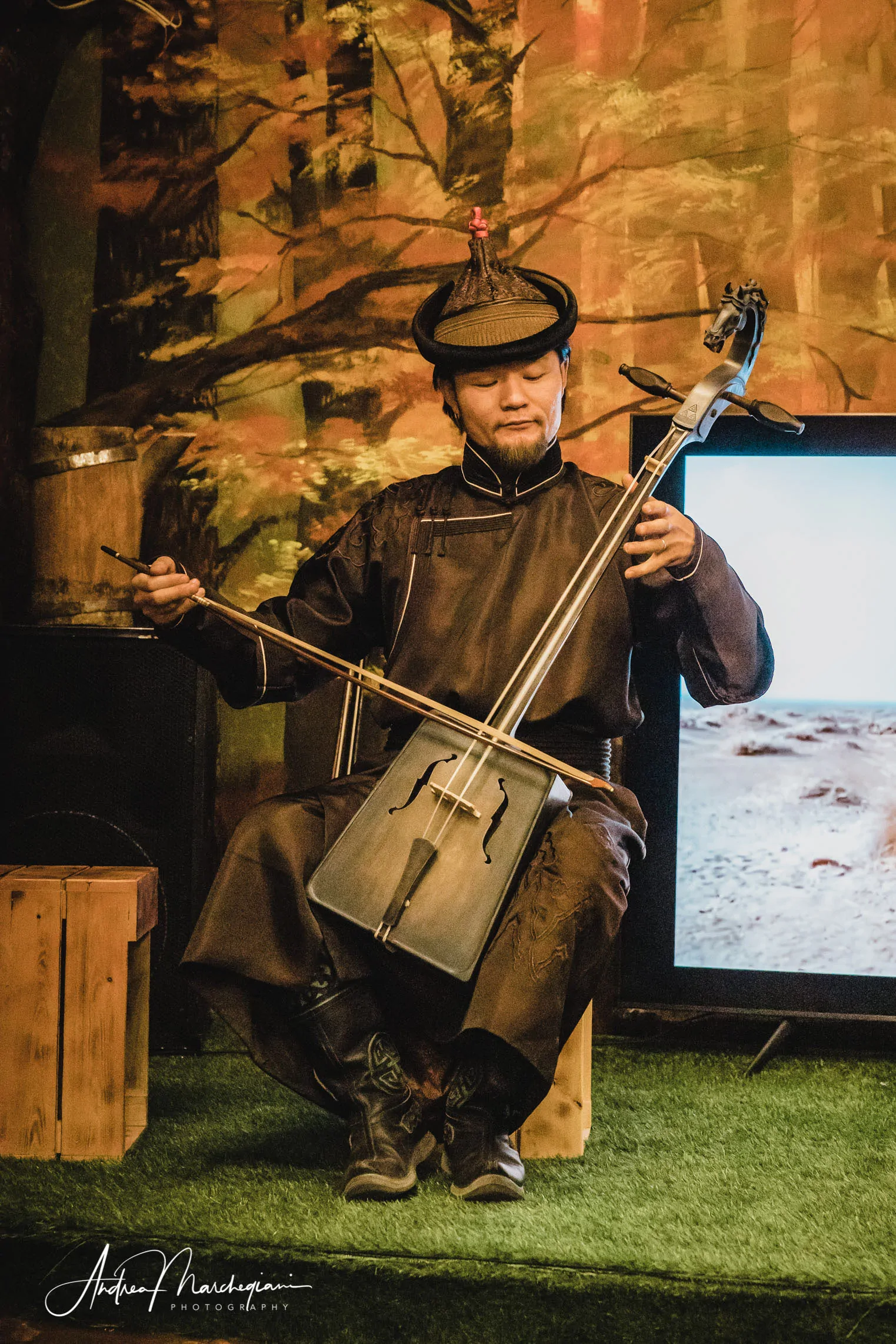
Xöömej (deep throat singing) and morin khurr show
Back in Ulaanbaatar, watch a musical show.
Xöömej, or khoomi, or throat singing, is a very difficult vocal technique to learn that will leave you stunned. Widespread in the Altai mountains, it is based on a specific mode of guttural sound emission which allows the singer to activate both the false and the true vocal cords. This way, two sounds are produced simultaneously.
The singer often performs while playing the morin khurr, the horse-head violin. It is an arched instrument with only two strings, characterized by a trapezoidal harmonic case and a bridge that ends with a horse’s head carved in wood.
I attended a performance at the Mongol Khuur Center, where some students of the school played traditional pieces alternating with revisitations of modern ballads (including a track by Ed Sheeran!). I must admit the atmosphere has been exciting. If you love music, you can’t leave Ulaanbaatar without experiencing Xöömej!
Try typical mutton fried noodles
The Mongols say a good wife knows how to make love and cooks great fried noodles!
It’s enough to understand how important cooking is in Mongolia!
Called tsuivan (Cyrillic: Цуйван), fried noodles are a dish consisting of rice noodles with vegetables and mutton or beef. But do not miss mutton fried dumplings: they are called khushur (in Cyrillic Хуушуур), but you ask for “mutton fried pies” and people will understand!
If you’re lucky, you can also order boršč, a beet-based Ukrainian soup. I found it delicious!
Shop in a typical Mongol market or a mall
Mongolian shopping malls are multi-storey buildings stocked with all kinds of products, from reindeer fur boots to every product imported from America and China. You can buy without sacrificing quality and save some money too.
My guide Sanjaa advised me to visit the “Black Market”, which locals call Narantuul Market, a gigantic open-air market with lots of stalls. Products have lower quality than what you find in shopping malls, but they are much cheaper. “Beware of pickpockets!” Sanjaa warned me, but I didn’t see any.
Have a good trip!



